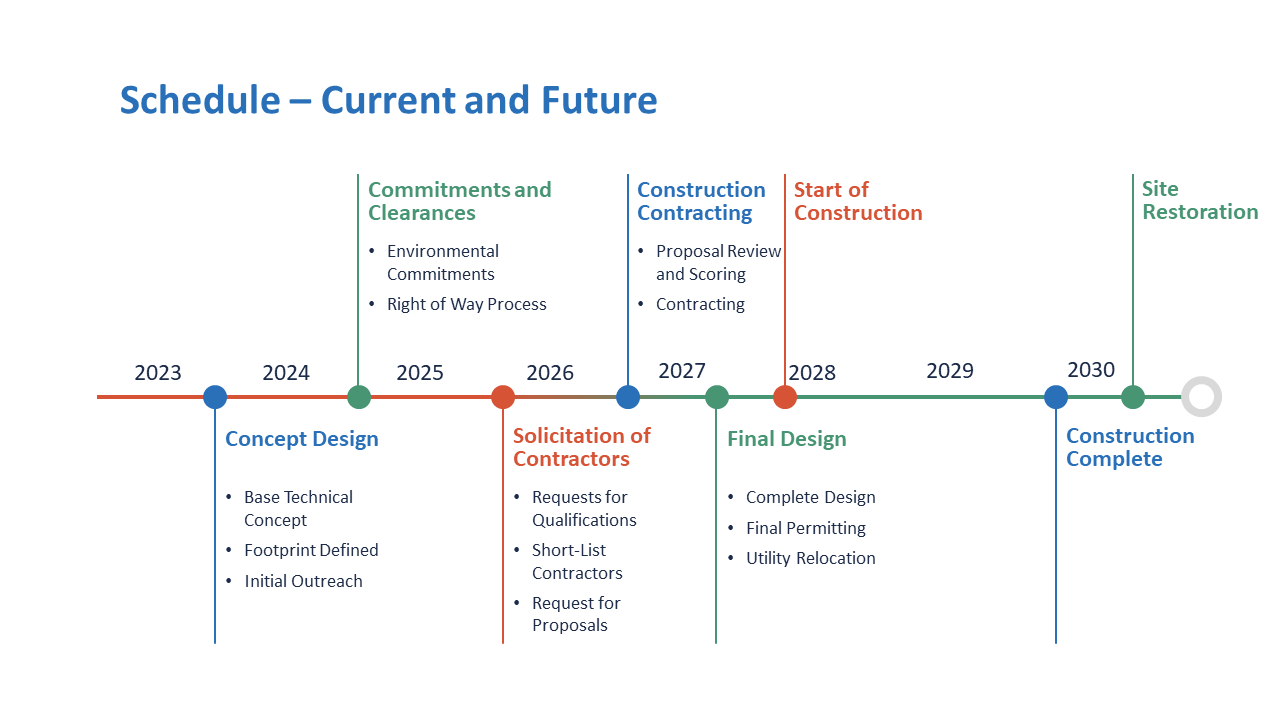This project advanced through the Project Definition phase within the 2017-2019 timeframe, with the Chittenden County Regional Planning Commission (CCRPC) as the lead agency. During this phase of the project, existing conditions, constraints, and public input were collected to develop a Purpose and Need statement for the project. Once the Purpose and Need was established, various design solutions or “alternatives” were developed and evaluated. The evaluation process considers how well each alternative meets the project goals, and evaluates conceptual site impacts, schedule, cost estimates, and several other factors.
To help define the project during this previous phase of work, the project team consulted with an advisory committee, held a public meeting, and presented the project to both the Burlington City Council and the Winooski City Council. The project additionally considered ongoing studies at several adjacent roads and intersections and a traffic study occurred to help identify the necessary number of lanes and pedestrian accommodations.
This completed Project Definition phase concluded with a Scoping Report, dated May 30, 2019. This report recommended advancing a complete bridge replacement with four, 11-foot-wide travel lanes with 2-foot-wide shoulders and two 12-foot-wide shared-use paths that are separated from the roadway with a traffic barrier. This recommended alternative was subsequently approved by Burlington City Council, Winooski City Council, CCRPC, and VTrans. With this approval, the project was “defined” and will advance with four travel lanes. In addition to meeting current needs, the bridge width provides the municipalities flexibility within the 100-year life span to reallocate space/travel lanes depending on transportation demands of the future.
Additionally, in 2022, the project received a federal grant through the Rebuilding American Infrastructure with Sustainability and Equity (RAISE) program for $24.8-million dollars, which requires the obligation of the construction funds in 2026. Within the grant application, the project team committed to using a “design-build” contracting mechanism. This RAISE grant will provide a significant portion of the funding required to design and construct the new bridge, with additional funding provided by the State of Vermont and local municipalities. Preliminary engineering will take place over the next several years. Construction is planned to begin in 2027.
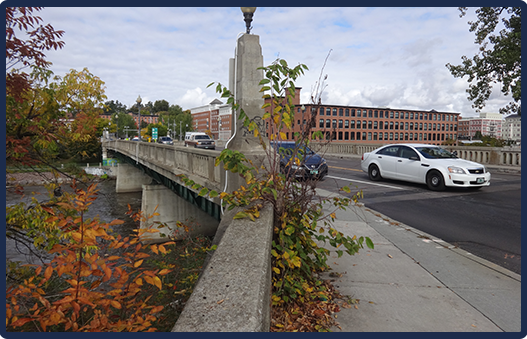
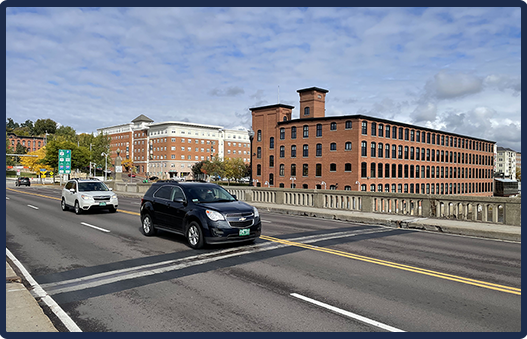
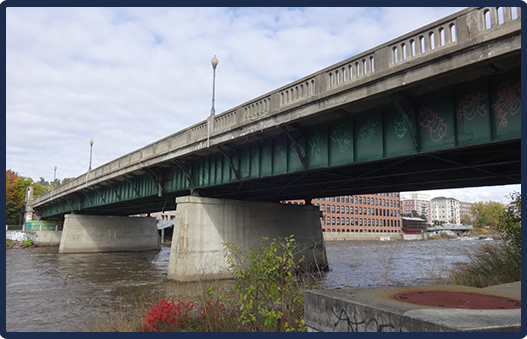
As explained above, the Scoping Report was completed in 2019 which resulted in a Project Definition. The schedule graphic below depicts the sequence of this past work as well as the timing of the RAISE Grant Award.
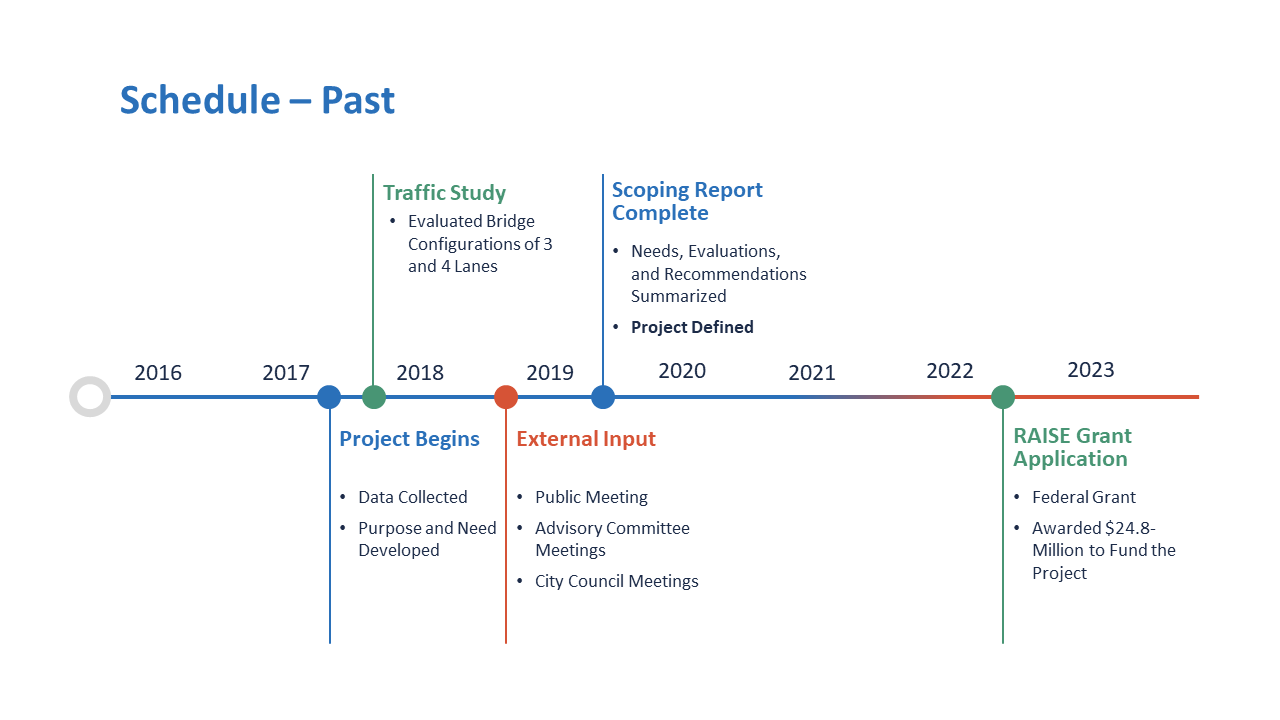
The schedule depicted below shows the current and future work phases of the project.
